How to source passive candidates through passive recruiting:-
Passive recruiting is a strategic practice in which recruiters proactively connect with highly qualified passive candidates in the greater talent pool, hoping to pique their interest in open roles. The goal is not necessarily to find an active job seeker but rather to build a relationship and organically persuade this person to consider a career with your organization.
Passive sourcing relies on a combination of several tools to source and engage qualified passive candidates:
- Social media and email marketing campaigns.
- Applicant tracking system (ATS) and HR tools.
- AI recruiting tools.
- Employee referral programs.
- In-person conferences and events.
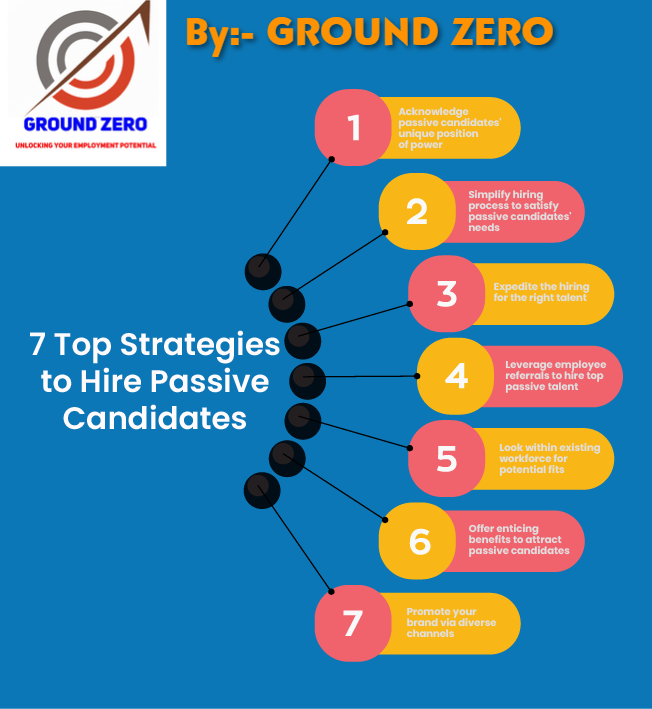
* 6 tips for recruiting passive candidates:-
If you want to strengthen your recruitment strategy with passive candidates, consider the following tips:
- Personalize your communications.
- Deliver value with each interaction.
- Keep messages focused and brief.
- Reach out through different channels.
- Respect communication boundaries.
- Tailor your messaging over time.
1. Personalize your communications
A simple, yet thoughtful gesture to build and maintain a relationship with a passive job seeker or potential candidate is to send occasional personalized messages. For example, a LinkedIn message congratulating them on a work anniversary shows goodwill toward the passive candidate and keeps your company on their radar as a place they might like to work in the future.
A more persuasive approach involves sending automated yet personalized messages to qualified candidates about the company, its benefits, and any potential openings.
2. Deliver value with each interaction
When communicating with a passive candidate, make sure your messages offer valuable information that is tailored to that person. Start by explaining why you’re interested in recruiting them and give concrete examples of how they could benefit from working at your company; provide quantitative data about other recent hires in that department to support your claim, if possible.
Additionally, consider sharing resources from your company with them, including white papers, research guides, and any other products your company develops that may be helpful to them in their current job. They’ll appreciate the thoughtful gesture and simultaneously be reminded of what your company is doing and why they might want to eventually work there.
3. Keep messages focused and brief
Outreach messages don’t need to be lengthy essays. To communicate your point quickly and effectively, state the most important information first, incorporate videos and/or helpful infographics, and use bullet points and lists to keep things short. You’ll get more engagement out of content that gets straight to the point.
4. Reach out through different channels
Some candidates live out of their email inboxes, whereas others may prefer LinkedIn messaging or even SMS. When you contact a passive candidate for the first time, make it a priority to establish their communication preferences.
This will prevent you from accidentally spamming them — and wasting your own time — through communication channels they rarely use.
5. Respect communication boundaries.
Sometimes passive candidates won’t engage with your messages at all. If they’re uninterested in your opportunities, it’s usually easier to hit “delete” and hope you’ll take a hint than it is to unsubscribe or type out a response. For your sanity and theirs, monitor the response you get from candidates, and remove them from your outreach list if they don’t interact with any of your messages after a set length of time.
6. Tailor your messaging over time
Personalized messages are the most effective way to reach the passive candidate talent pool. As you interact with more passive candidates on a regular basis, you can and should tailor your messages based on your findings. This is made easier with email drip campaigns, which allow you to automate the messaging a candidate receives based on activities like opens and clicks.
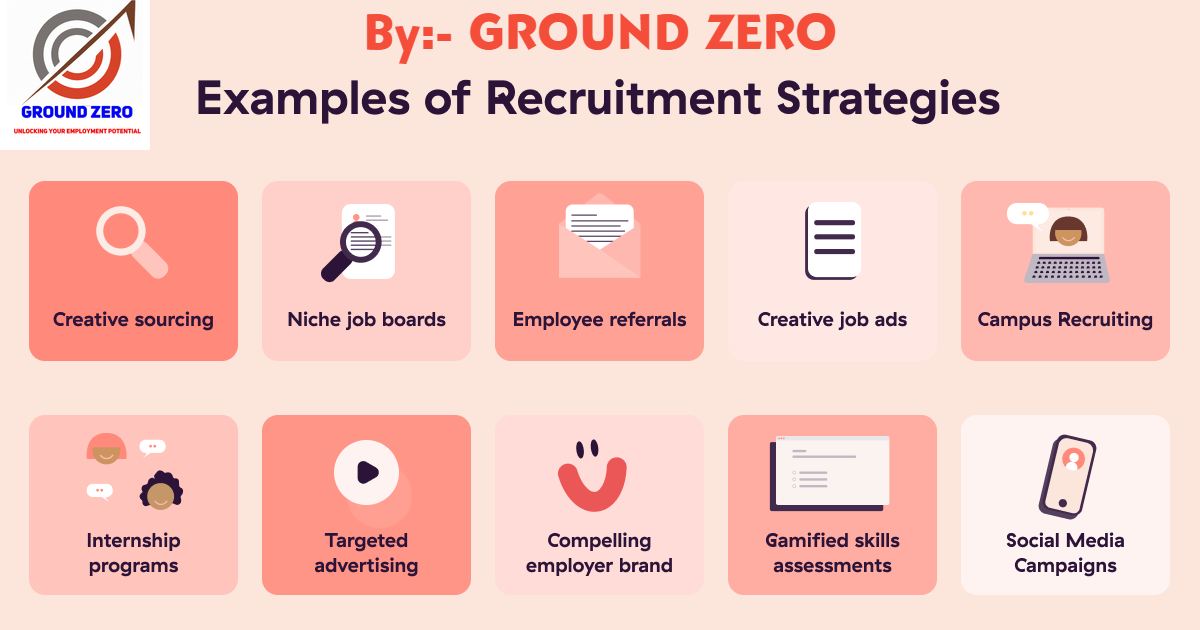

Benefits of recruiting passive candidates:-
Although it’s difficult to recruit passive candidates, the possible outcome of just one high-quality new hire is often worth the trouble of reaching out to dozens of others. These are some of the specific benefits of recruiting passive candidates:
- Complements succession planning by proactively building an external talent pipeline.
- Reduces time to hire by skipping resume screening and other steps that filter unqualified candidates.
- Assumes less risk in the hiring process if a candidate’s skills are vetted ahead of time.
Challenges of recruiting passive candidates
Many organizations face these challenges when trying to recruit passive candidates:
- Requires extensive time, effort, and thoughtful communication to find and engage qualified talent.
- Often has a lower ROI than active recruiting.
- Risks damage to employer brand if communications are handled poorly.
Why recruit passive candidates?
If you ignore passive recruiting, you might miss out on a highly qualified candidate who could’ve been convinced to apply if a recruiter had reached out with the right message and job opening.
Here are just a handful of reasons why your organization should consider recruiting passive candidates:
- Limited competition: Since this candidate isn’t actively looking for a job, the position you offer may be the only offer they’re considering.
- Ability to vet candidates proactively: You’re reaching out to passive candidates rather than the other way around; that means you can be selective about who you contact and take the time to research individuals who will be the best fit.
- High-quality talent: Individuals who are already employed and fit your search criteria likely have the skills and experience you need; they may require little to no initial training if hired.
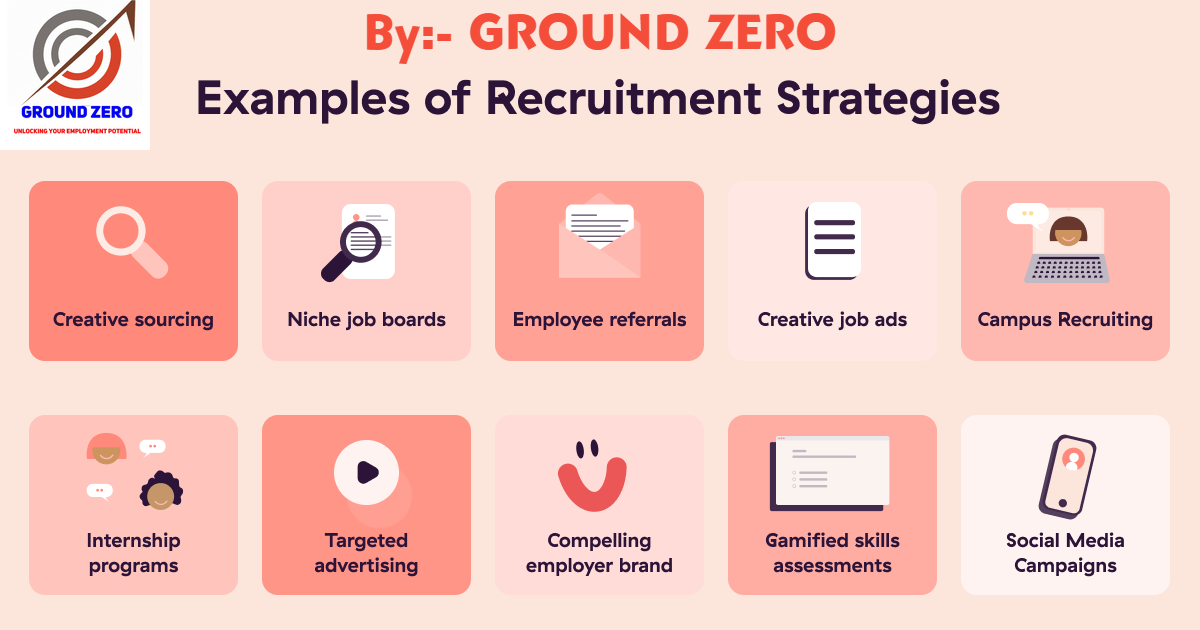

The most efficient way to target the perfect passive candidate is to create a strategy that focuses on their interests and the networks they are already in. Consider the following virtual and physical locations:
• Social media— Leverage social media platforms (LinkedIn, Facebook, Twitter, and Instagram) to promote your company and job openings. Use existing and potential customers as ambassadors to help spread the word about your company and open roles.
• Job boards— Advertise your job postings on popular job boards, such as Indeed, Monster, and LinkedIn Jobs. Be sure to include all of the benefits associated with the company.
• Digital advertising— By providing a clear call to action, such as “apply now,” you can make it quick and easy for candidates to take the next step in the hiring process.
• Conferences, events, and trade shows— Actively attend industry events and conferences to network with potential candidates, as well as represent your organization as an employer of choice.
• Professional networks— Reach out to professional networks, such as alumni groups and industry associations, to spread the word about open positions at your company.
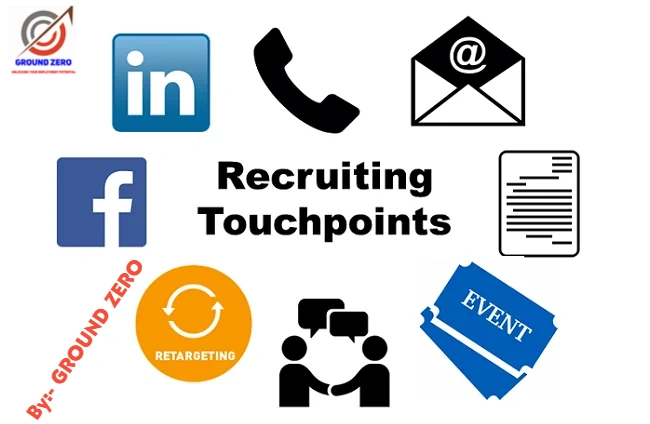
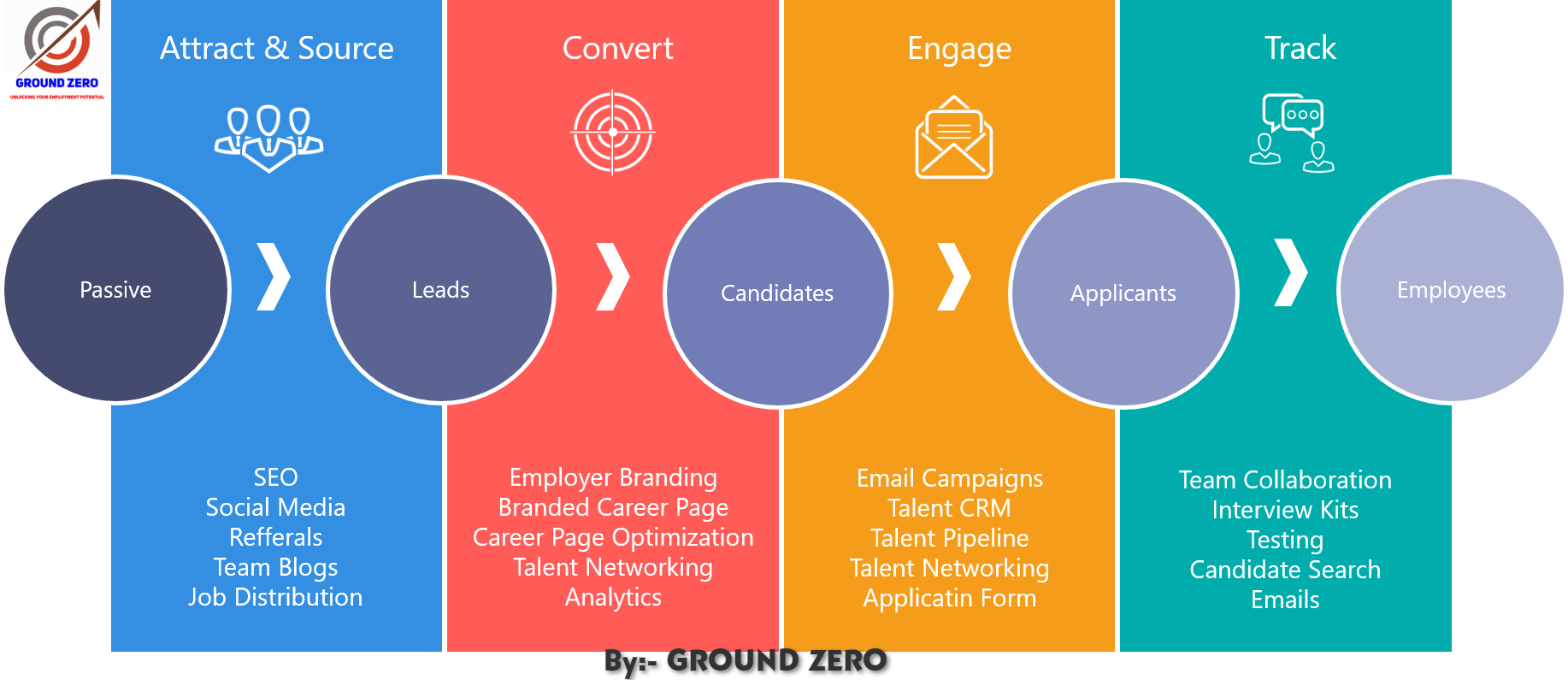
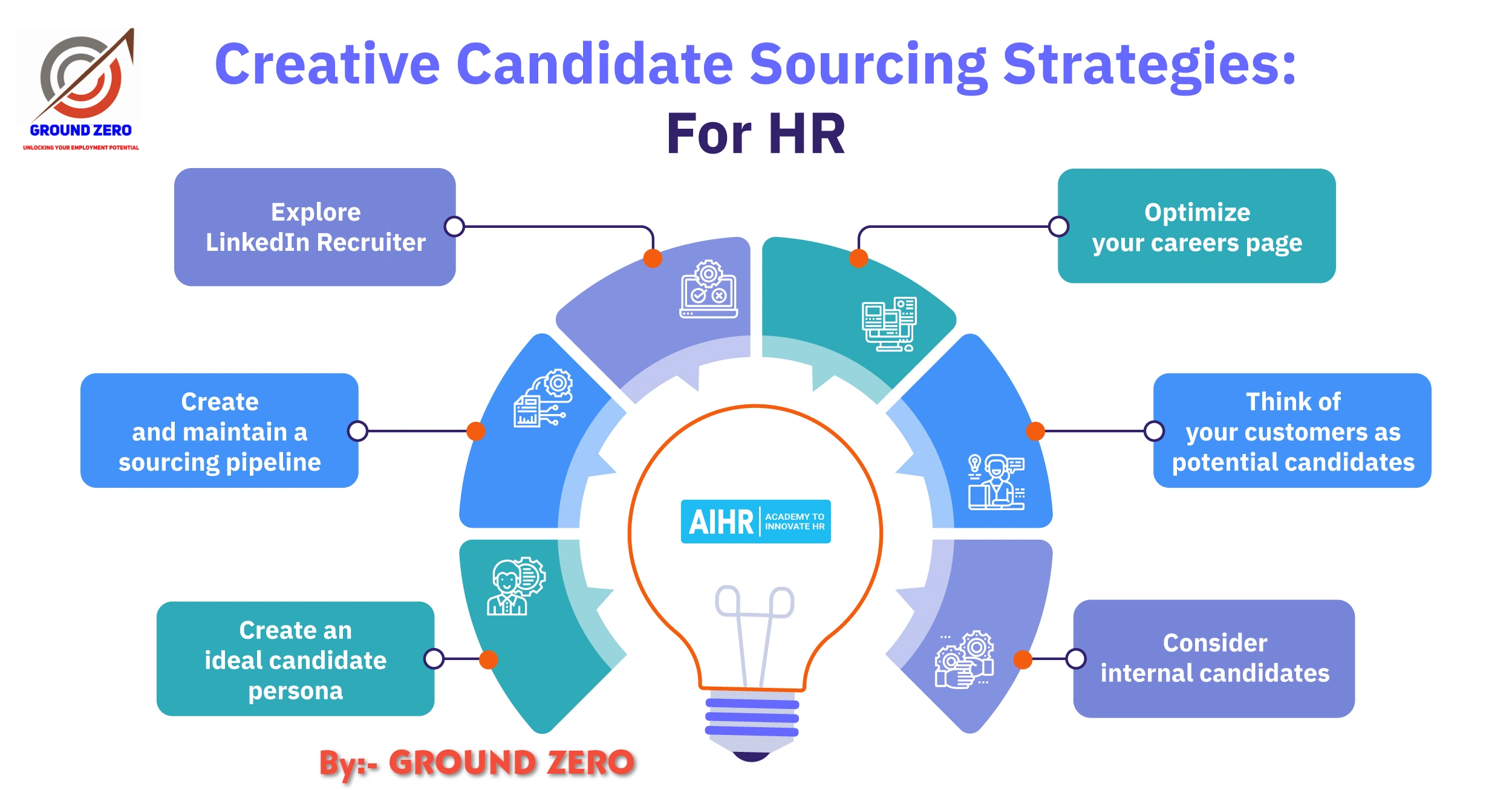
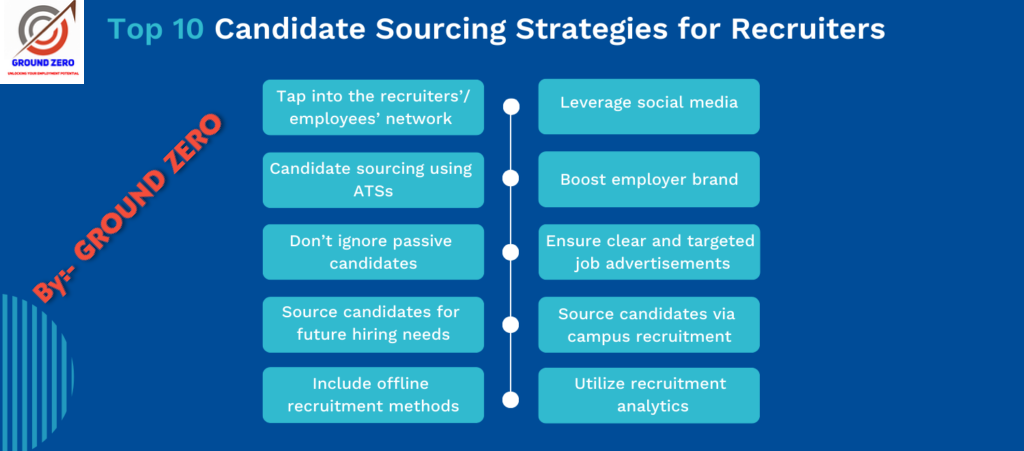

Like this:
Like Loading...
Related
Discover more from Ground Zero
Subscribe to get the latest posts sent to your email.















